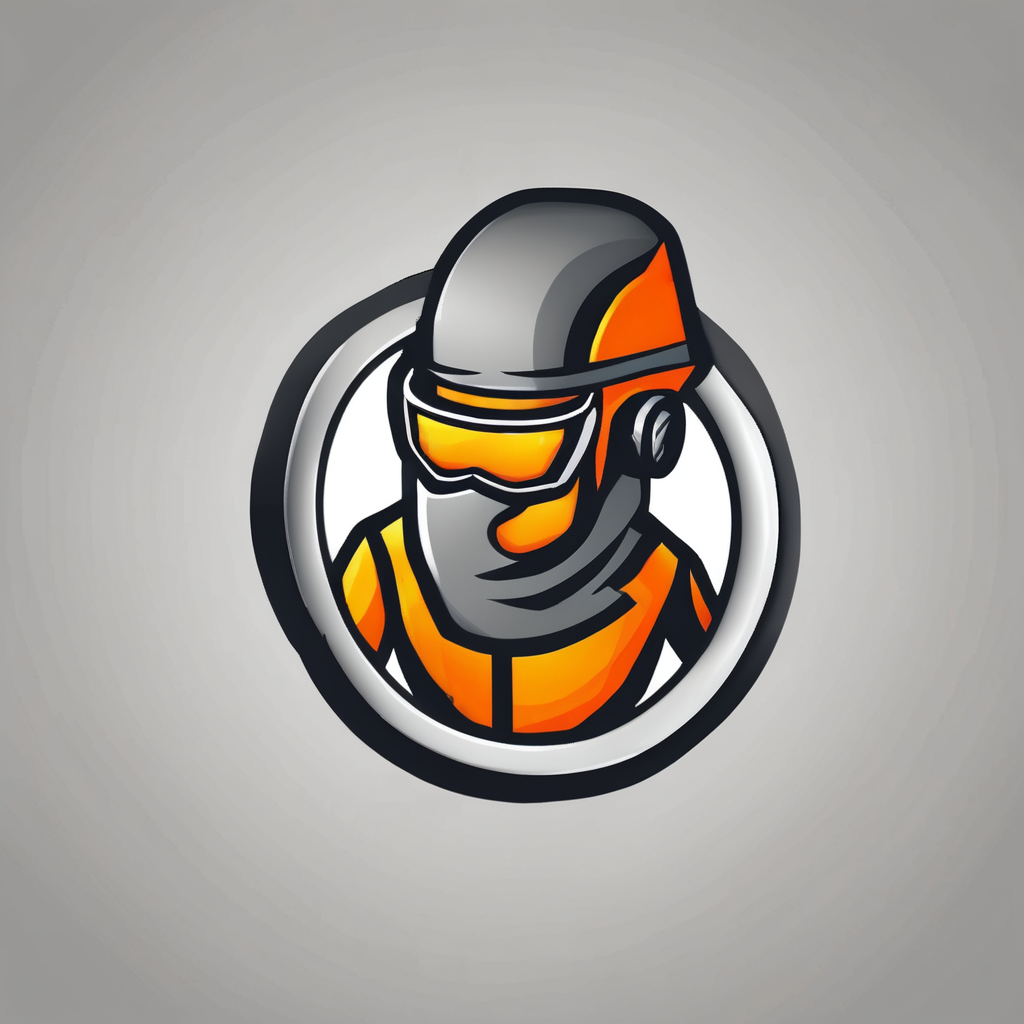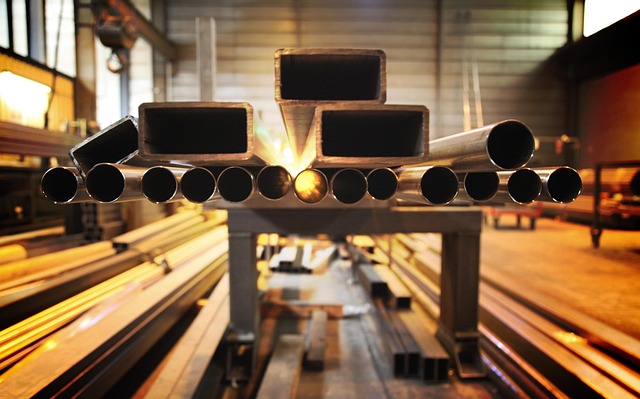Seamless steel tube assembly ensures strength and longevity in demanding industrial applications. Understanding the precise connection methods and quality controls makes all the difference when durability matters. This guide uncovers key assembly techniques and practical tips essential for reliable performance and optimal integration within complex systems.
Fulfilling Industrial Assembly Requirements for Seamless Steel Tubes
Achieving reliable results in seamless steel tube assembly means focusing on every technical detail. In demanding industrial environments, it’s vital to ensure tight dimensional tolerances, select compatible components, and follow precise joining methods. This is where understand the technique of seamless steel tube assembly at vallourec is invaluable, as it highlights how tube selection, fabrication, and installation come together for optimal performance.
This might interest you : Innovative uses of seamless steel tube assembly for robust industry applications
Best practice involves using industry-approved tools—from calibrated tube clamping devices to advanced welding machines. Seamless pipe fitting installation often requires methods such as TIG or MIG welding, backed by rigorous operator certification and compliance with international welding codes. Each step—cutting, end preparation, and alignment—must be executed with care to avoid leaks, unnecessary stress, or weld defects.
Quality control in pipe assembly begins even before installation. Detailed inspection of tube surfaces, strict adherence to mechanical and chemical property specifications, and pressure testing are standard for assuring long-term durability and safety. Robust traceability, aligned with standards such as EN or ASTM, provides confidence in every seamless tube connection. This positive, procedural approach secures safe, efficient assembly for applications in manufacturing, construction, and heavy industry.
Also to read : Top solutions for enhancing corporate safety and security systems
Understanding Seamless Steel Tubes and Their Industrial Significance
Characteristics and Mechanical Advantages of Seamless Steel Tubes
Seamless steel tubes have no welded seams, so they deliver consistent strength along their entire length. This creates superior pressure ratings and minimizes weak points that can fail under stress. Their tighter tolerances and uniform walls result in improved mechanical properties like enhanced load-bearing capacity and resistance to deformation, making them ideal for demanding roles. Precision fabrication reduces variability, ensuring reliability in applications where safety or performance can’t be compromised.
Typical Industrial and Engineering Applications
Seamless tubing sees widespread use in sectors like automotive, construction, and hydraulic systems. For example, manufacturers use cold drawn seamless tubes to build robust hydraulic cylinders found in machinery and heavy vehicles. Construction projects benefit from these tubes in structural frameworks, while the automotive sector integrates them for axles, injection systems, and chassis components. Their durable construction also excels in high-pressure and vibration-prone environments.
Material Options and Corrosion Resistance Considerations
Industries select mild, carbon, or stainless steel tubes based on their specific requirements. Stainless steel is favored for environments demanding high corrosion resistance, such as chemical processing or outdoor installations. Carbon steel, with heat treatment, delivers increased hardness and strength. Choosing the right material boosts lifespan and performance, especially when exposure to moisture or corrosive agents is expected.
Assembly Methods and Connection Techniques
Common Joining Methods: Welding, Threading, and Fittings
Welding is the most widely used technique for assembling seamless steel tubes, especially where high-pressure strength is necessary. It involves the fusion of tube ends using various welding processes; for seamless tubes, Arc or TIG welding is typical. This method produces a continuous, robust joint, critical for hydraulic and industrial fluid transfer. For less demanding connections or temporary assemblies, threading—where the tube ends are machined with threads—enables screw-type fittings. Alternatively, mechanical fittings or flanges provide quick disassembly while ensuring leak-resistant connections.
Tube Bending, Shaping, and End Preparation
Precision in tube bending and end preparation is paramount for seamless tube installations in sectors like automotive or construction. Accurate bending minimizes material stress, maintains tube roundness, and preserves wall thickness. For end preparation, options include facing, beveling, or expanding tube ends—these ensure proper fitment and welding surface quality, reducing leak risks and weld defects.
Best Practices for Specialized Connections
High-pressure or corrosion-resistant assemblies benefit from clean, defect-free tube surfaces and rigorous joint inspection. Stainless steel and alloy tubes often require special filler materials and controlled environments during welding to prevent contamination and maintain corrosion protection. Employing the optimal joint design, correct consumables, and thorough post-weld testing guarantees reliability in demanding industrial settings.
Precision, Tolerances, and Industrial Standards
Importance of Dimensional Tolerances and Cutting Precision
Precise dimensional tolerances underpin the integrity of seamless steel tube assemblies. Cutting tolerances are maintained within a narrow margin, commonly ±3 mm, acknowledging that even minor deviations can affect fit, sealing, and structural reliability. Stainless and mild steel tubes—often fabricated to customer specifications—demand vigilant measurement and quality control. Small departures in length or diameter, though sometimes inherent to manufacturing, can impede assembly or compromise flow and pressure performance.
Industry Standards Governing Seamless Tube Assembly and Material Certification
Consistent standards compliance in tube assembly ensures safety, durability, and interchangeability. Fabricators adhere to international standards such as ASTM, EN, or ISO for stainless steel tube assembly, certifying chemical composition, mechanical properties, and “as-built” tolerances. Certification documents accompany most shipments for traceability. Material specifications—covering wall thickness, OD, concentricity, and straightness—are strictly observed to meet demanding industry and application requirements.
Inspection Methods and Non-Destructive Testing (NDT) to Ensure Assembly Quality
Robust quality control in pipe assembly incorporates modern inspection methods. Dimensional checks use calipers, micrometers, or laser devices for precise assessments. Non-destructive testing (NDT)—including ultrasonic, eddy current, and pressure testing—detects internal and surface flaws, ensuring assembled tubes are reliable and defect-free for high-pressure, critical uses.
Assembling for Specific Industries: Automotive, Oil & Gas, Construction
Unique assembly requirements for each sector
Precision and durability define automotive seamless tube assembly. Tighter tolerances and consistent dimensions are essential, especially in critical systems such as hydraulic cylinders and airbag components. In the oil & gas field, assembling steel tubes for oil and gas requires materials with high fracture toughness, excellent corrosion resistance, and the ability to withstand extreme pressures. Assembly for power plants and chemical processing facilities hinges on strict adherence to safety and quality protocols, ensuring all components are compatible for robust performance.
Component compatibility, pressure testing, and safety protocol
Industries handling hazardous materials—like oil & gas and chemical processing—demand rigorous pressure vessel tube assembly standards. Every connection is pressure tested using non-destructive testing (NDT) methods. Dimensional tolerances are closely monitored to ensure leak-proof joints. Assembly for structural frameworks in construction focuses on tube integrity and security; compatibility between fittings and tube sections is meticulously verified, often using certified accessories and couplings.
Case examples: hydraulic cylinders, structural frameworks, pipeline systems
Hydraulic systems in automotive and heavy equipment, pipeline systems for oil & gas, and structural frameworks in construction all rely on seamless tubes for their robustness and fatigue resistance. Integration requires expert handling of cutting tolerances and precision alignment—any deviation can affect system reliability, highlighting the importance of strict inspection and assembly procedures across all sectors.
Troubleshooting and Best Practices in Seamless Tube Assembly
Common assembly challenges and how to resolve them
Precision is the cornerstone of industrial tube assembly troubleshooting. Issues often arise from dimension variations, weld distortion, or poor joint alignment. To address these, ensure all tube ends are clean and accurately prepared. Use properly calibrated tube clamping machinery to maintain geometry during welding, which significantly reduces the risk of distortion and misalignment. When performing high-pressure tube connections, control heat input and welding speed to minimize internal and external weld defects.
Quality assurance, leak prevention, and inspection checklists
Consistent quality assurance plays a vital role in tube assembly durability. Employ dimensional inspection tools to verify tube tolerances before joining. Use proven sealing methods—like O-rings or proper threading—for tube joint leak prevention. After assembly, conduct pressure testing and use non-destructive testing (NDT) for weld seams to confirm integrity. Keep thorough inspection checklists to track critical checkpoints such as tube end prep, surface cleanliness, weld bead quality, and dimensional accuracy.
Safety measures, environmental considerations, and operator training for reliable assembly
Prioritize safety by mandating personal protective equipment and providing clear, stepwise training. Implement environmental controls—manage fumes and waste responsibly, especially during welding. Effective operator training, focusing on welding techniques and inspection protocols, boosts both safety and assembly reliability. This approach delivers assemblies with strong leak resistance, minimal weld defects, and long lifecycle performance.







